Insects are often overlooked when we think about endangered species, but many are in critical danger. These tiny creatures play a vital role in the balance of ecosystems. As their populations decline, entire habitats can be affected. Some of the rarest insects are facing extinction, and their survival depends on conservation efforts. Here’s a look at some of the rare insects you may not know are endangered.
Lord Howe Island Phasmid
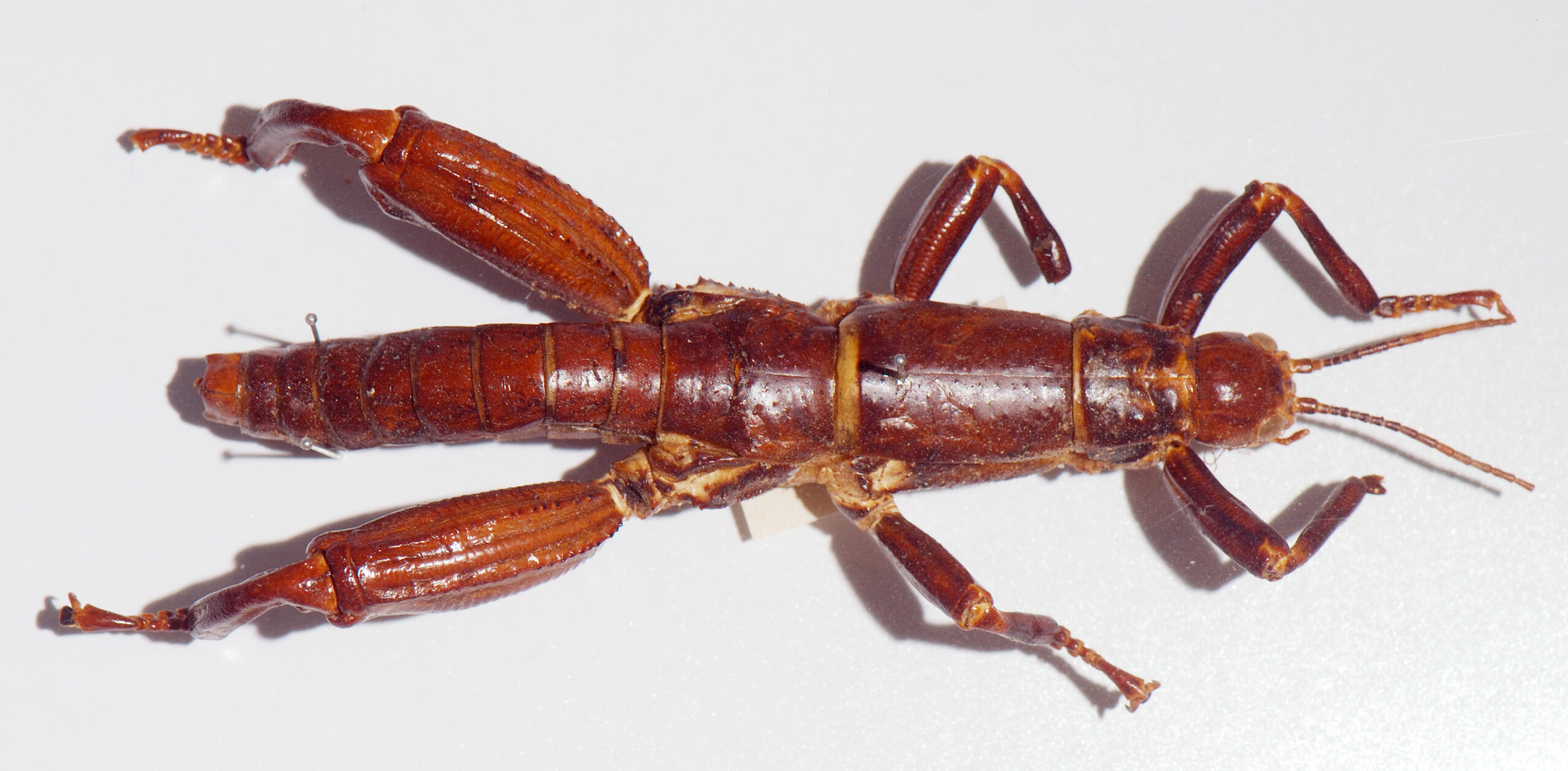
This large, flightless stick insect was thought to be extinct until rediscovered in 2001. Native to Lord Howe Island in Australia, the Lord Howe Island Phasmid is one of the rarest insects in the world. Its survival is threatened due to habitat destruction and predation by invasive species. Conservation efforts are underway, but its population remains extremely small.
Spruce-fir Moss Spider
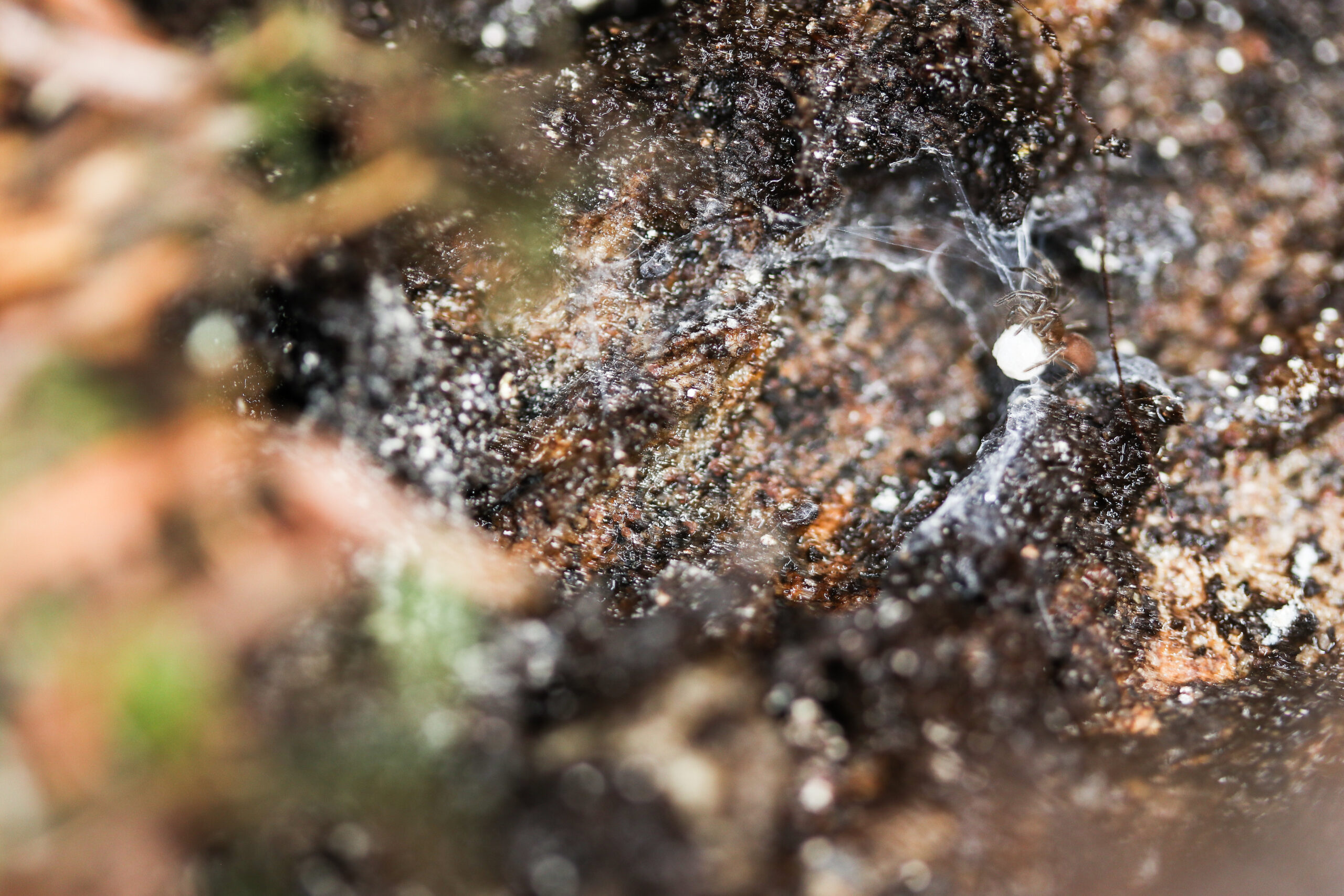
Found in the high-elevation forests of North Carolina and Tennessee, the Spruce-fir Moss Spider is one of the world’s smallest spiders. Its survival depends on the moss found in these forests, which is rapidly disappearing due to climate change and air pollution. This tiny spider faces a dire future unless its habitat is protected and restored.
High Brown Fritillary Butterfly
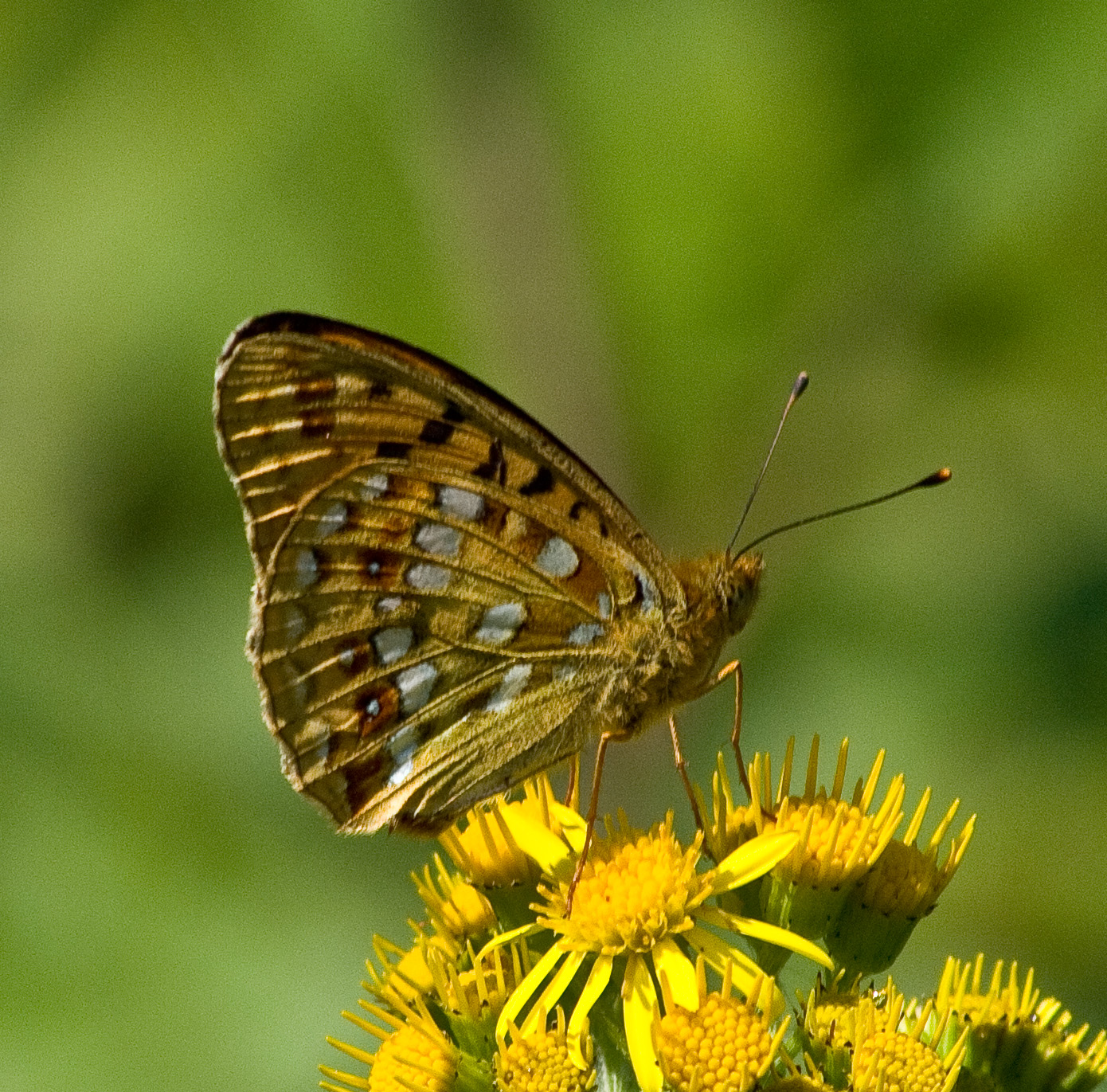
Once widespread in the UK, the High Brown Fritillary Butterfly is now one of Britain’s most endangered butterflies. Its decline is due to the loss of the woodlands and grasslands where it thrives. Conservationists are working to create suitable habitats, but the species remains at risk.
Violet Copper Butterfly
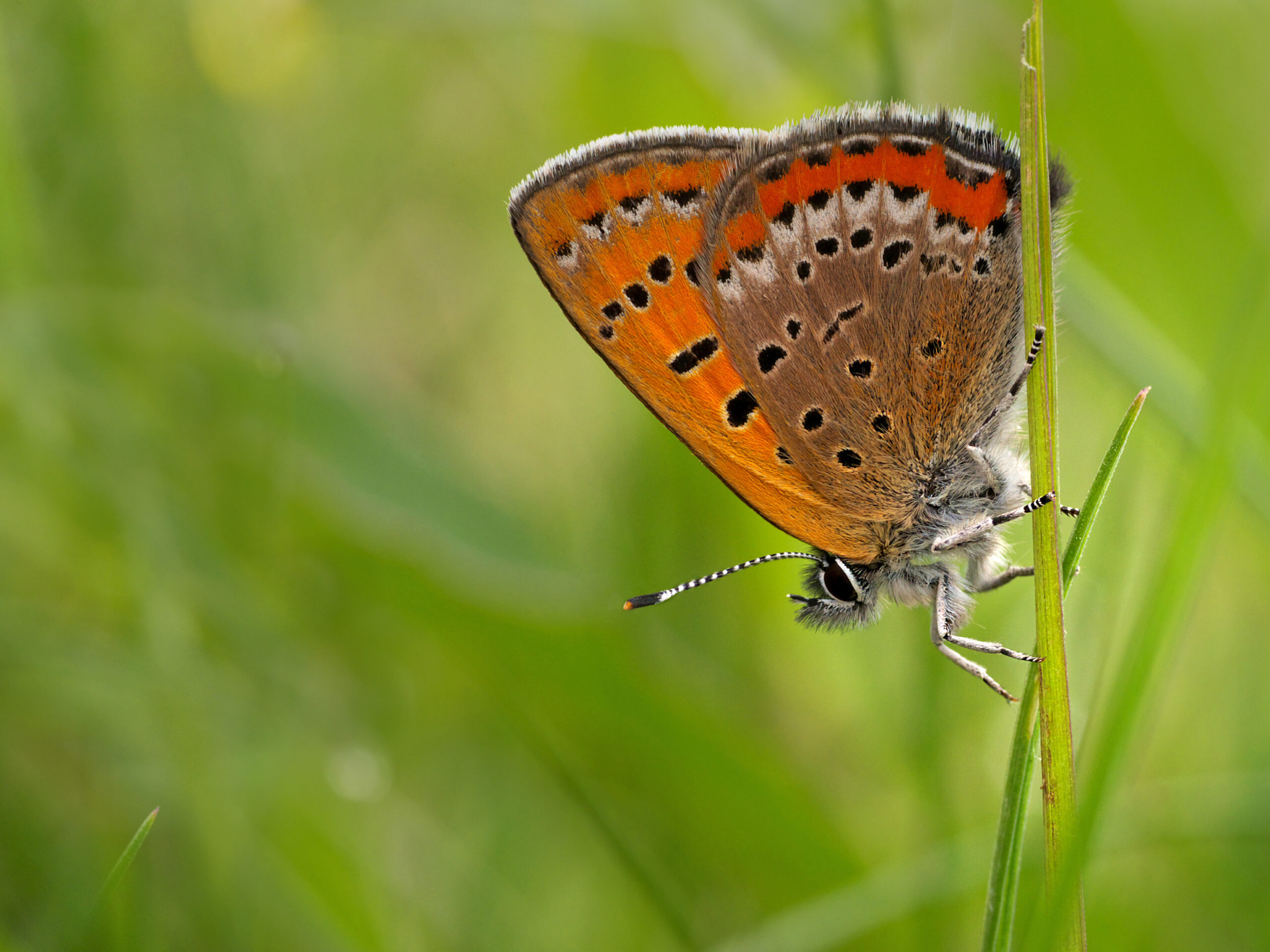
The Violet Copper Butterfly is a vibrant species found in Europe, particularly in moist meadows. Its bright coloring makes it easy to spot, but its population has been in decline due to agricultural development and habitat loss. This delicate butterfly is now considered endangered in many parts of its range.
Stag Beetle
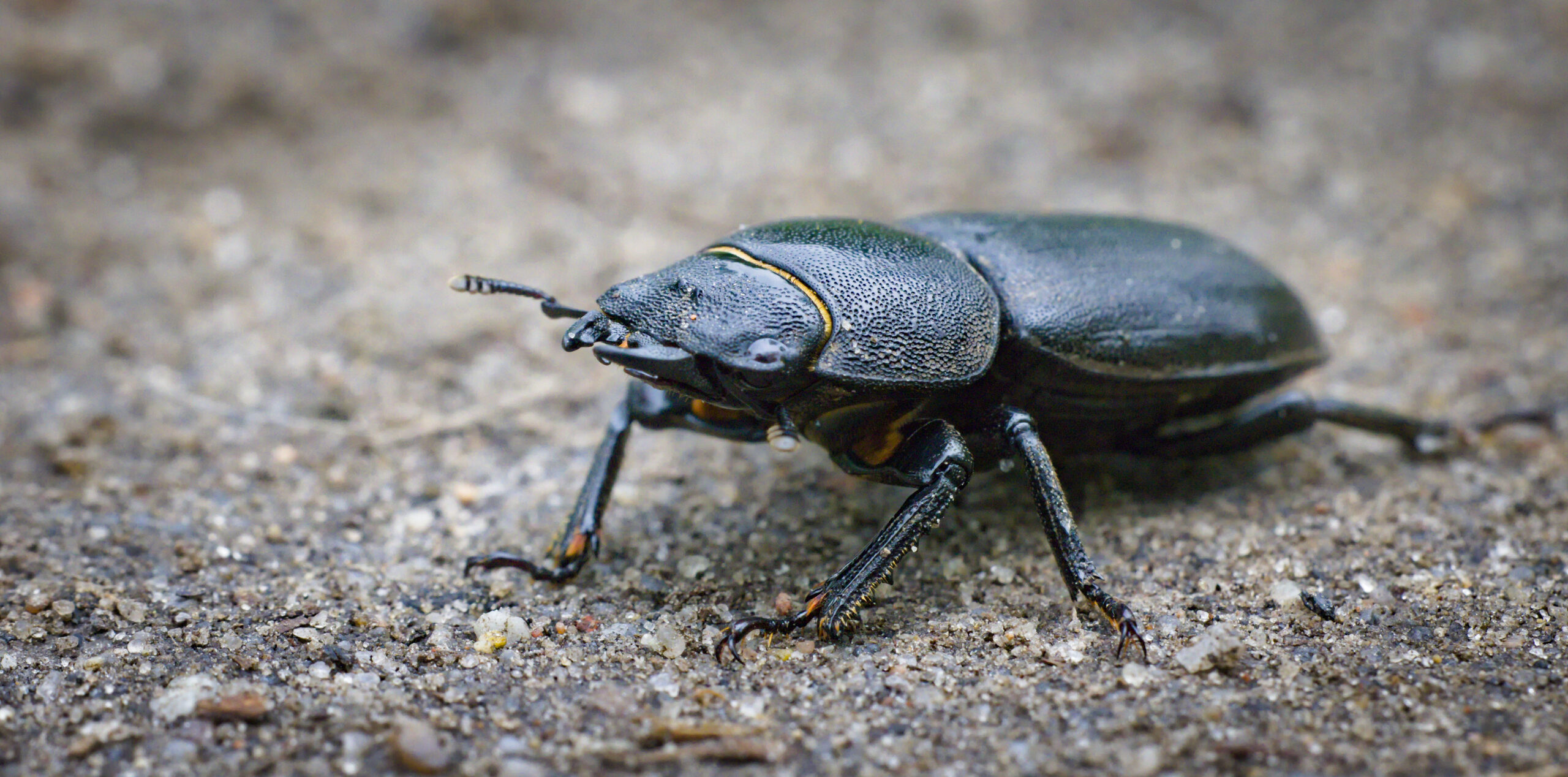
Known for its impressive, antler-like mandibles, the Stag Beetle is one of the largest beetles in Europe. Its larvae live in decaying wood, which is disappearing due to urbanization and logging. Conservation efforts focus on preserving natural woodlands to ensure the survival of this iconic insect.
Rusty Patched Bumblebee
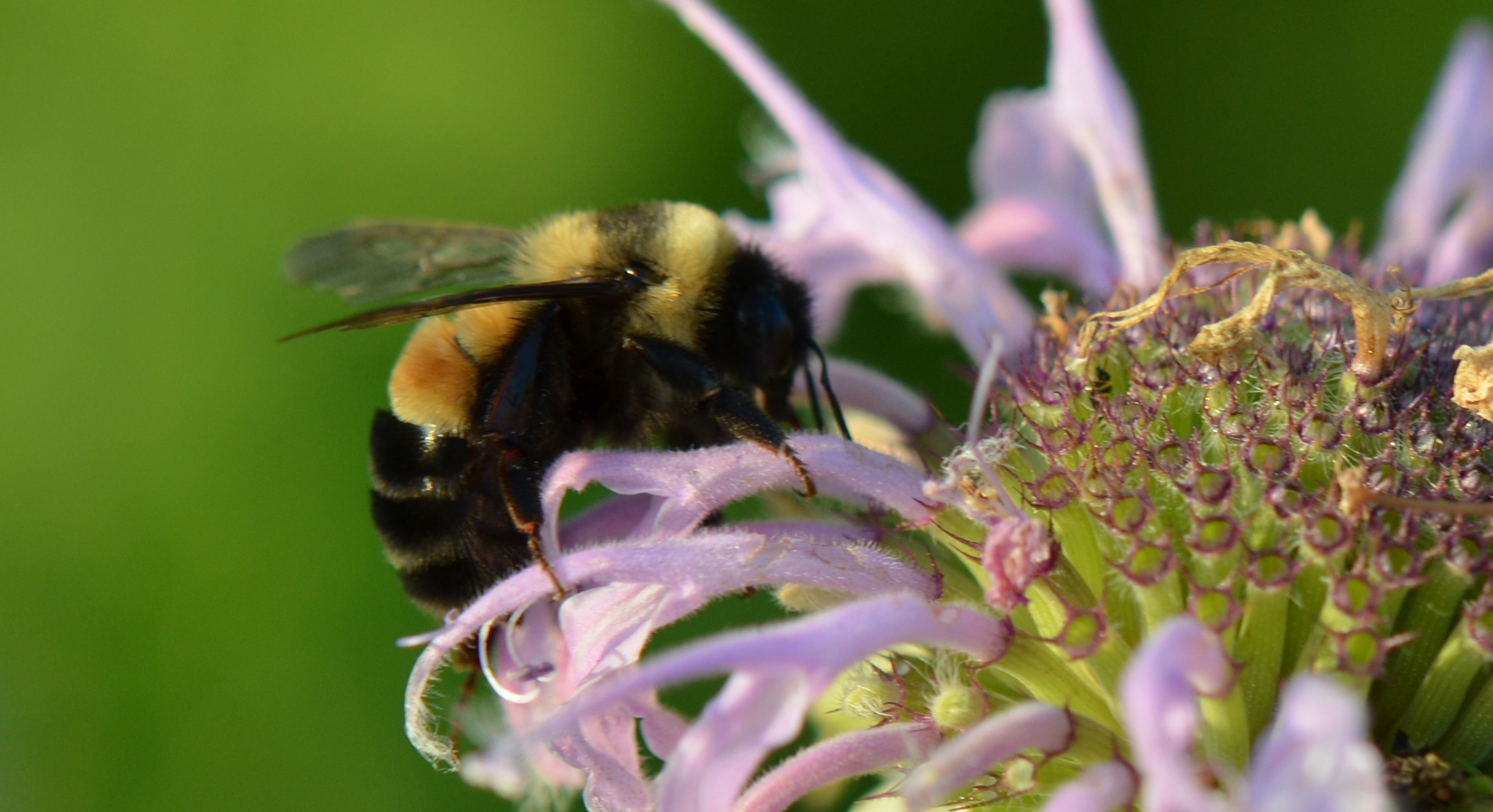
Native to North America, the Rusty Patched Bumblebee has experienced a dramatic population decline. This once common bumblebee is crucial for pollinating crops and wildflowers. Pesticides, habitat destruction, and disease have pushed it to the brink of extinction, prompting conservation efforts to restore its habitats.
Karner Blue Butterfly
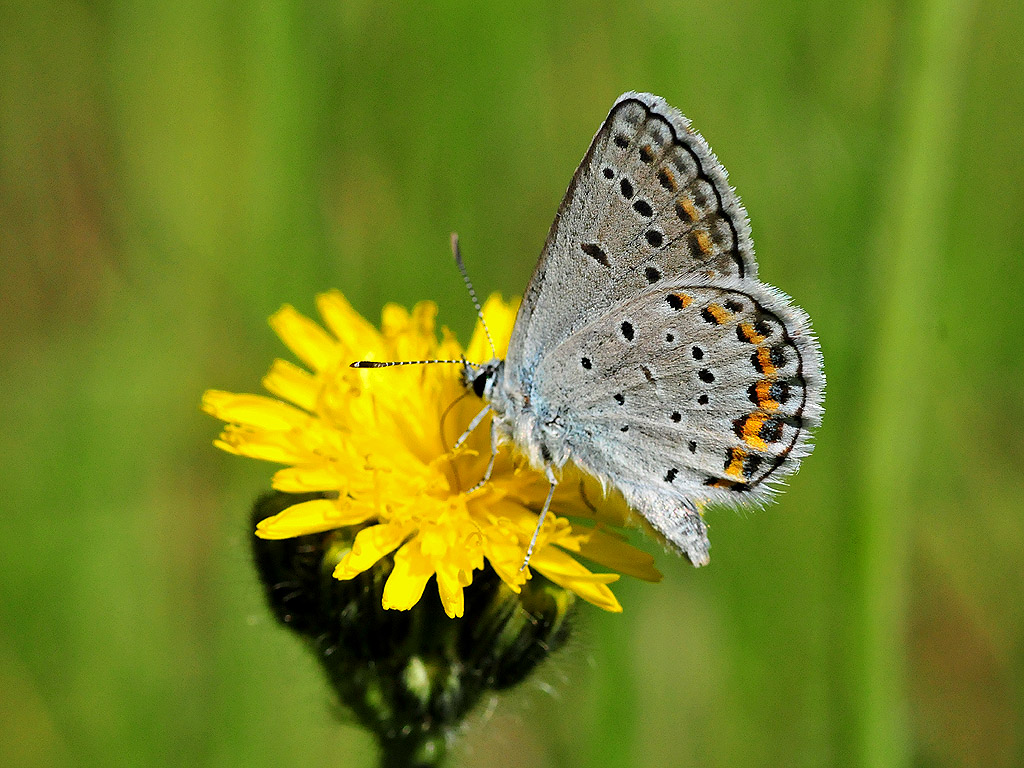
This small, strikingly blue butterfly is native to the pine barrens of the northeastern United States. The Karner Blue Butterfly depends on wild lupine plants for survival, but habitat destruction has drastically reduced its numbers. Conservationists are working to restore its native habitats, but the butterfly remains highly endangered.
Purple Emperor Butterfly
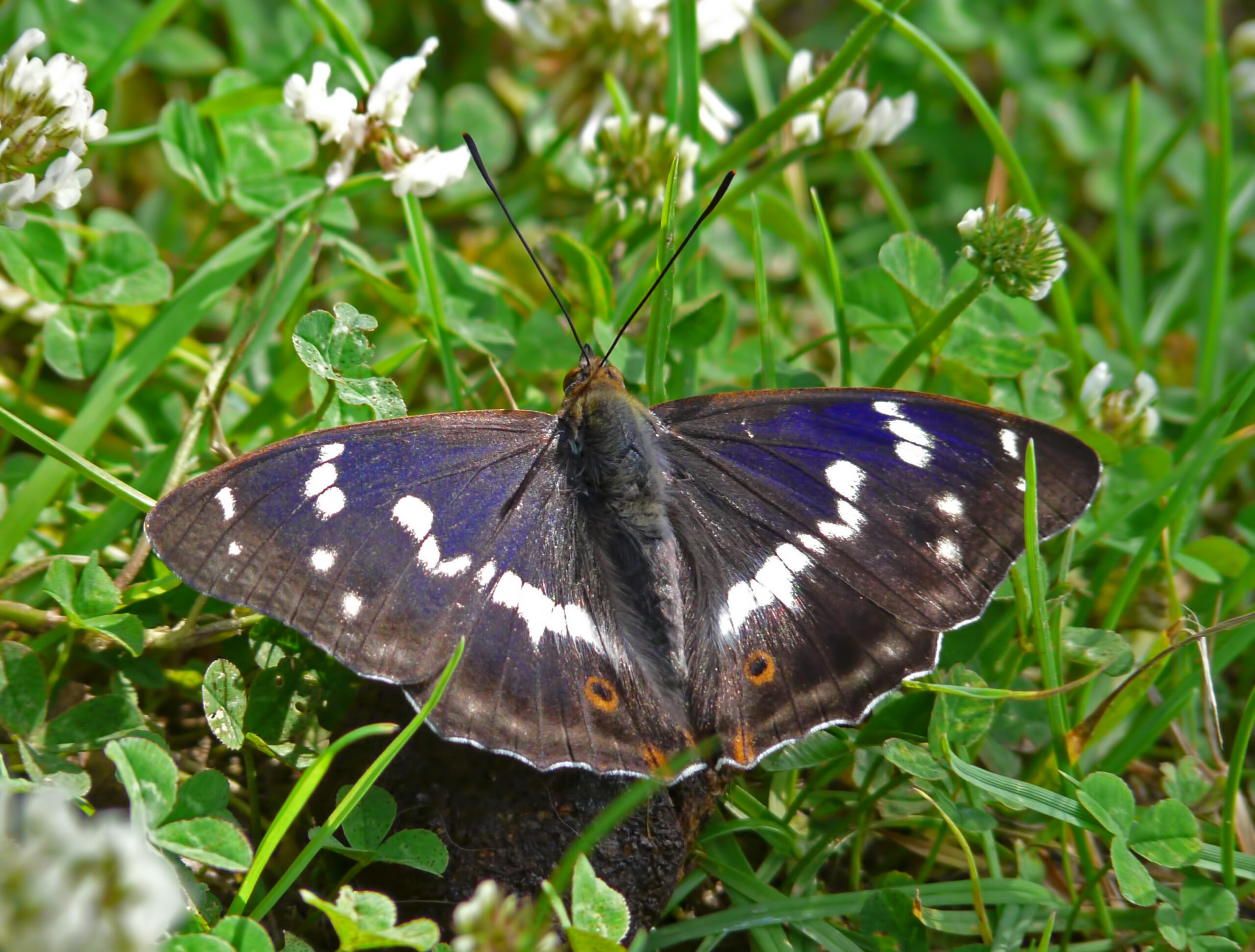
Known for its iridescent wings, the Purple Emperor Butterfly can be found in European woodlands. Males are especially distinctive with their deep purple hue. However, deforestation and changing land use have caused a decline in its population. Efforts are underway to preserve its woodland habitats.
Large Blue Butterfly
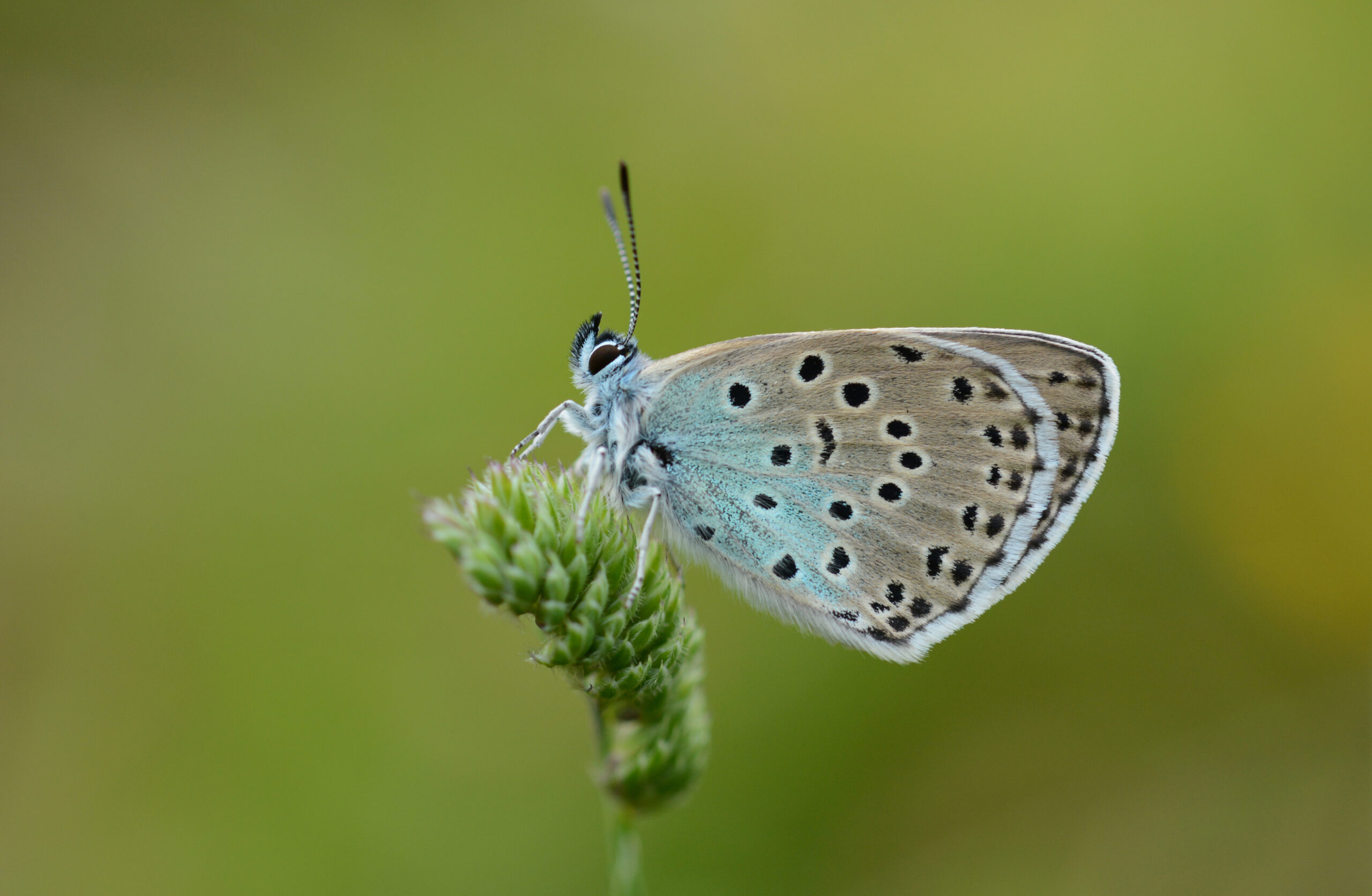
The Large Blue Butterfly is unique for its parasitic relationship with red ant colonies, which is essential for its life cycle. Found in parts of Europe, this butterfly’s complex needs make it vulnerable to habitat loss and climate change. Conservation programs have successfully reintroduced populations, but it remains endangered.
New Forest Cicada
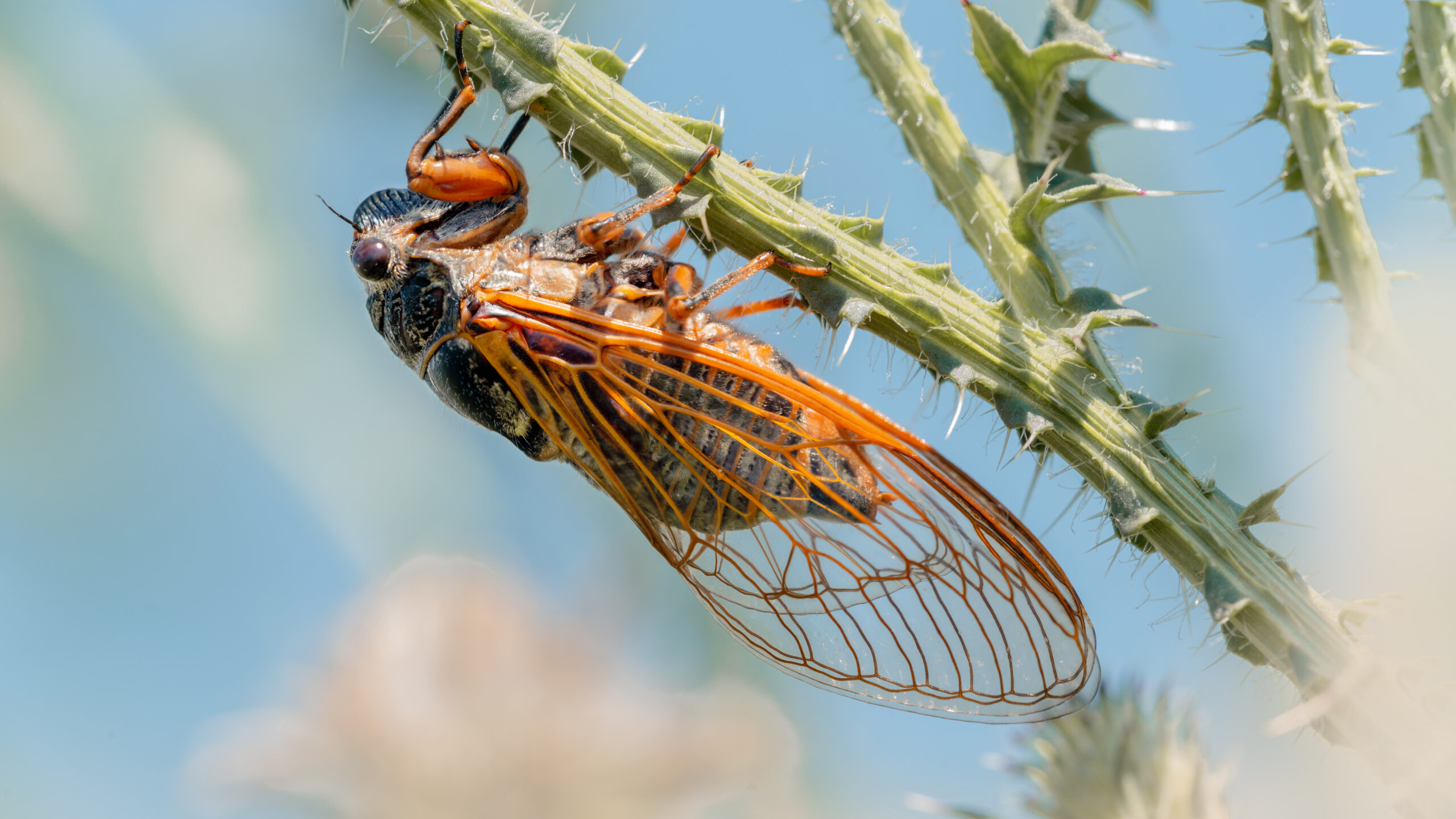
This rare cicada is found only in the New Forest of southern England. Its distinctive song, produced by males to attract mates, has become increasingly rare due to habitat destruction. Once abundant, the New Forest Cicada is now critically endangered and is the subject of extensive conservation efforts.
Southern Damselfly
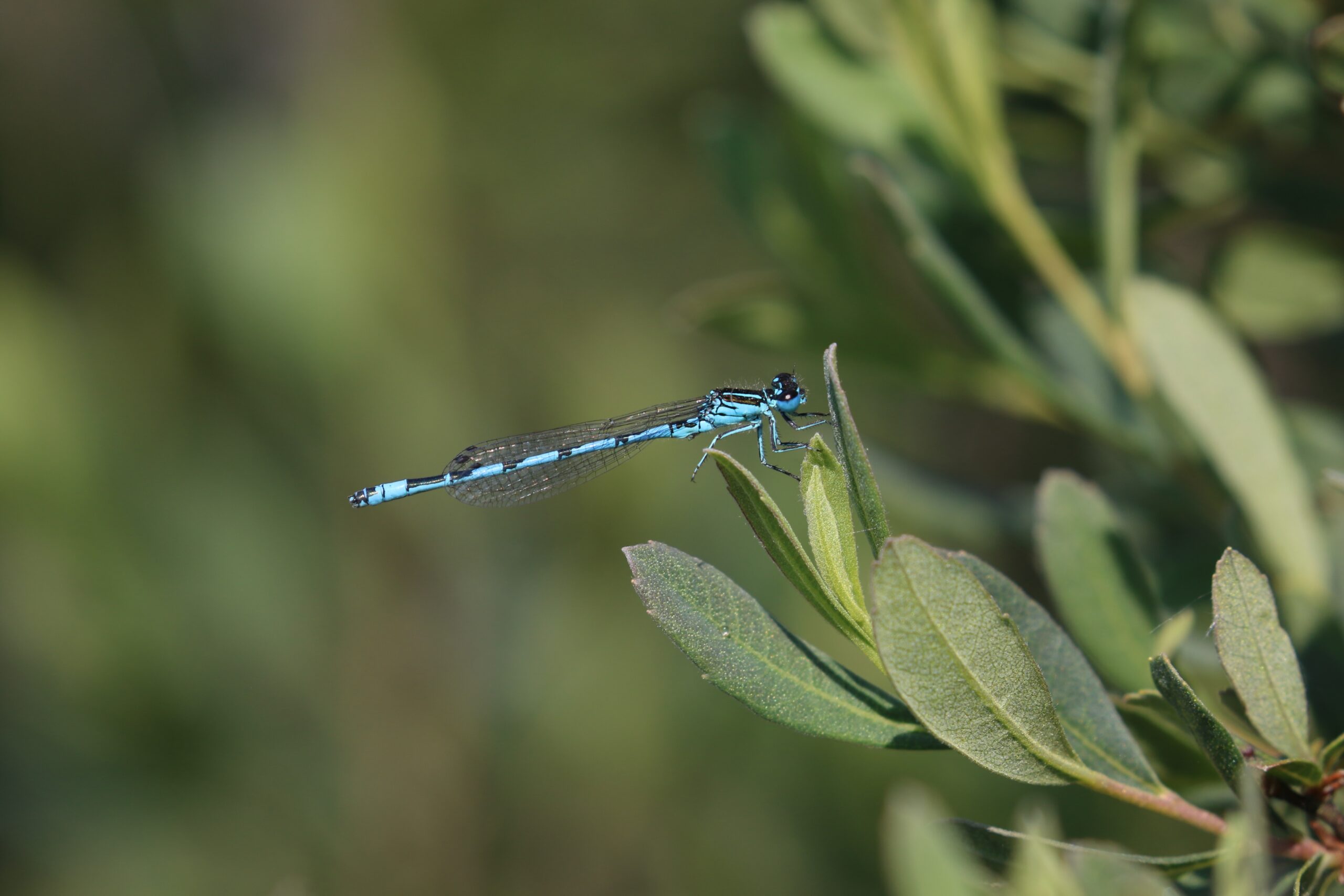
Native to the wetlands of southern Europe, the Southern Damselfly is a slender, bright blue insect. Its habitat is under threat due to water pollution, drainage, and agricultural development. Conservation initiatives are aimed at protecting the wetland ecosystems where it thrives, though its population remains fragile.
Florida Leafwing Butterfly
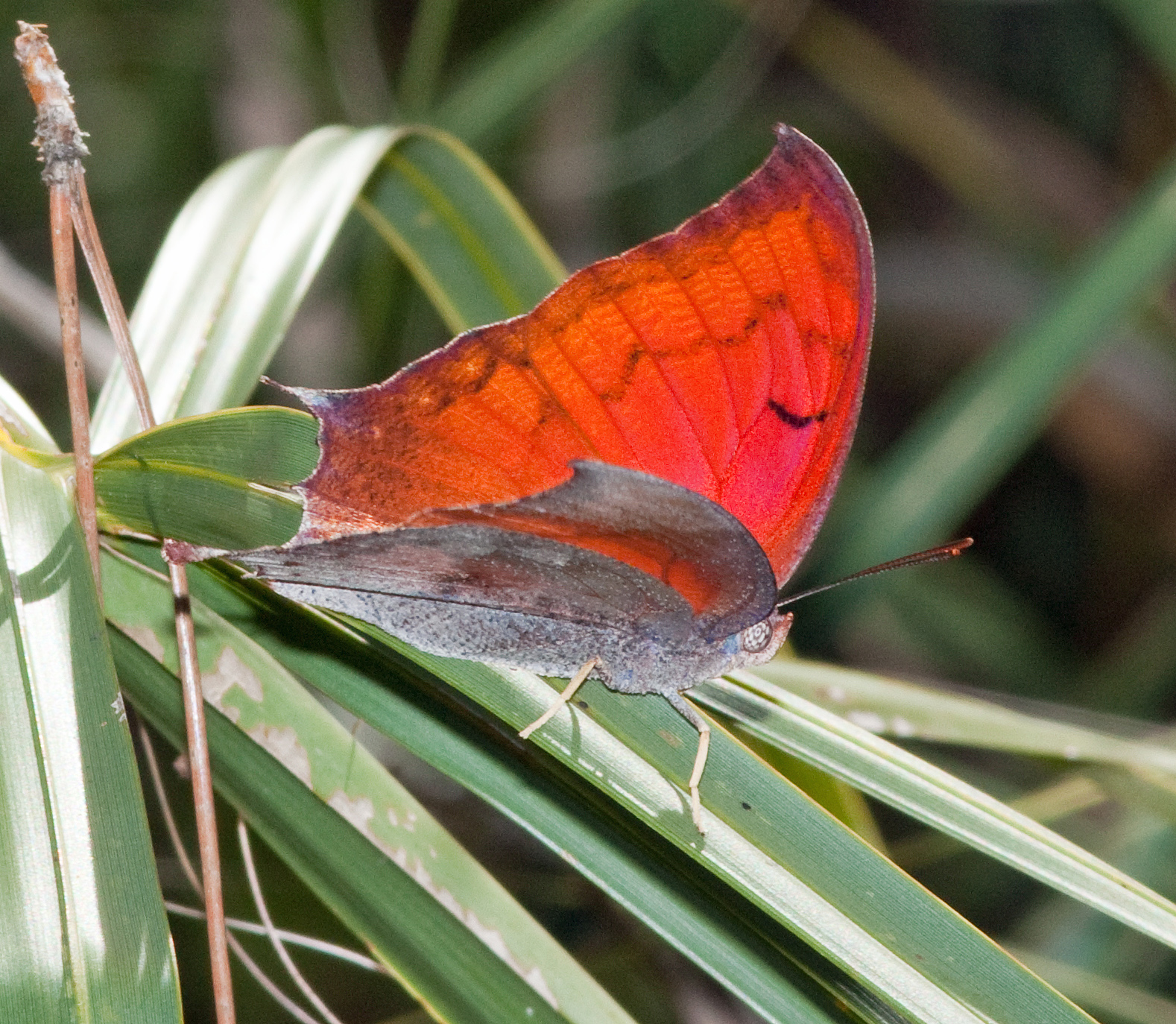
Found only in the pine rocklands of southern Florida, the Florida Leafwing Butterfly is a large, bright orange butterfly. Its habitat has been greatly reduced by urbanization and fire suppression, leading to a sharp decline in numbers. Conservationists are working to restore fire-dependent habitats to save this species from extinction.
Queen Alexandra’s Birdwing Butterfly
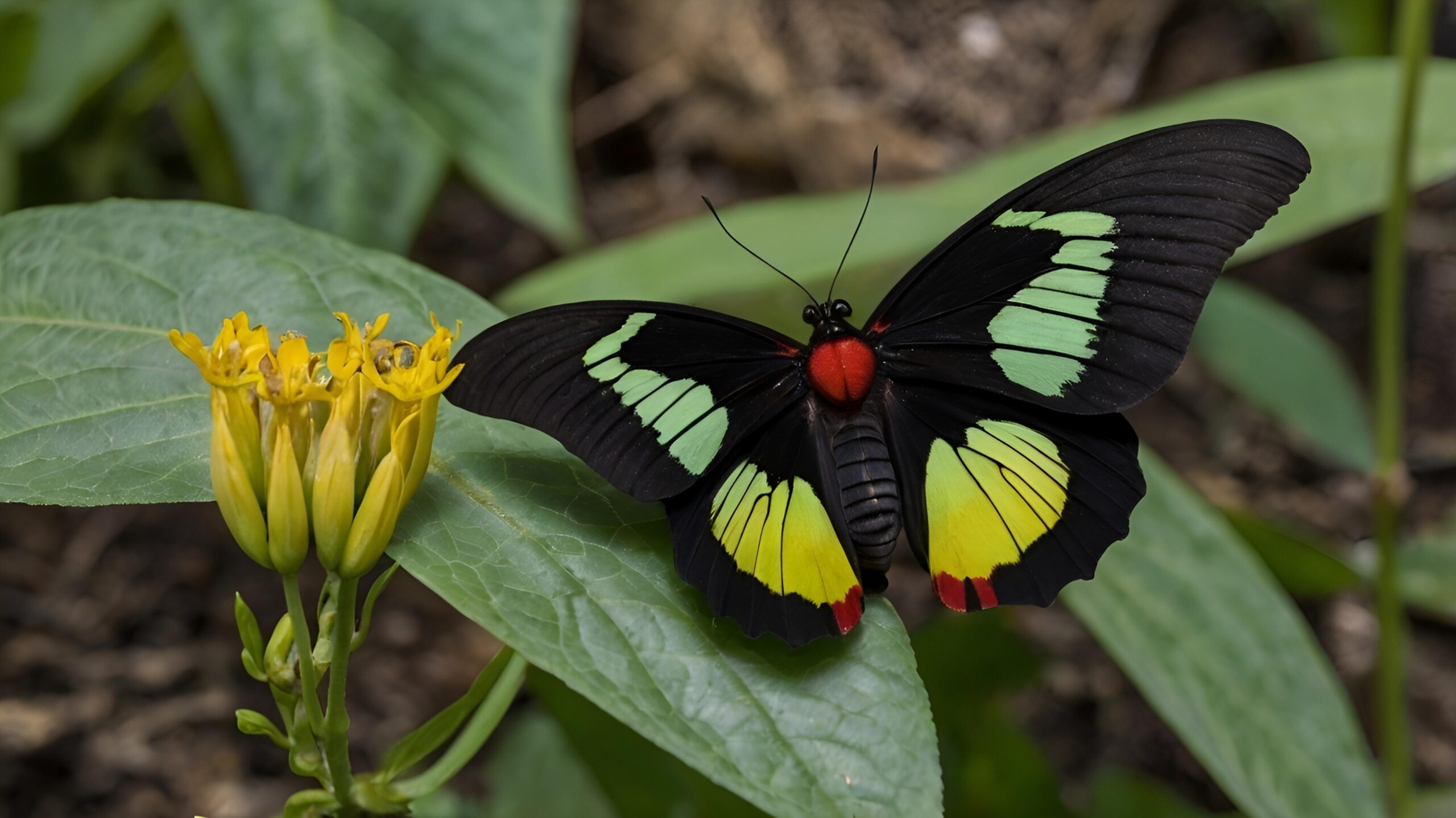
This is the largest butterfly in the world, found only in the rainforests of Papua New Guinea. The Queen Alexandra’s Birdwing Butterfly has a wingspan of up to 12 inches, making it a breathtaking sight. Unfortunately, deforestation and agricultural expansion have drastically reduced its habitat. This butterfly is now critically endangered, with conservation efforts underway to protect its forest home.
Marsh Fritillary Butterfly
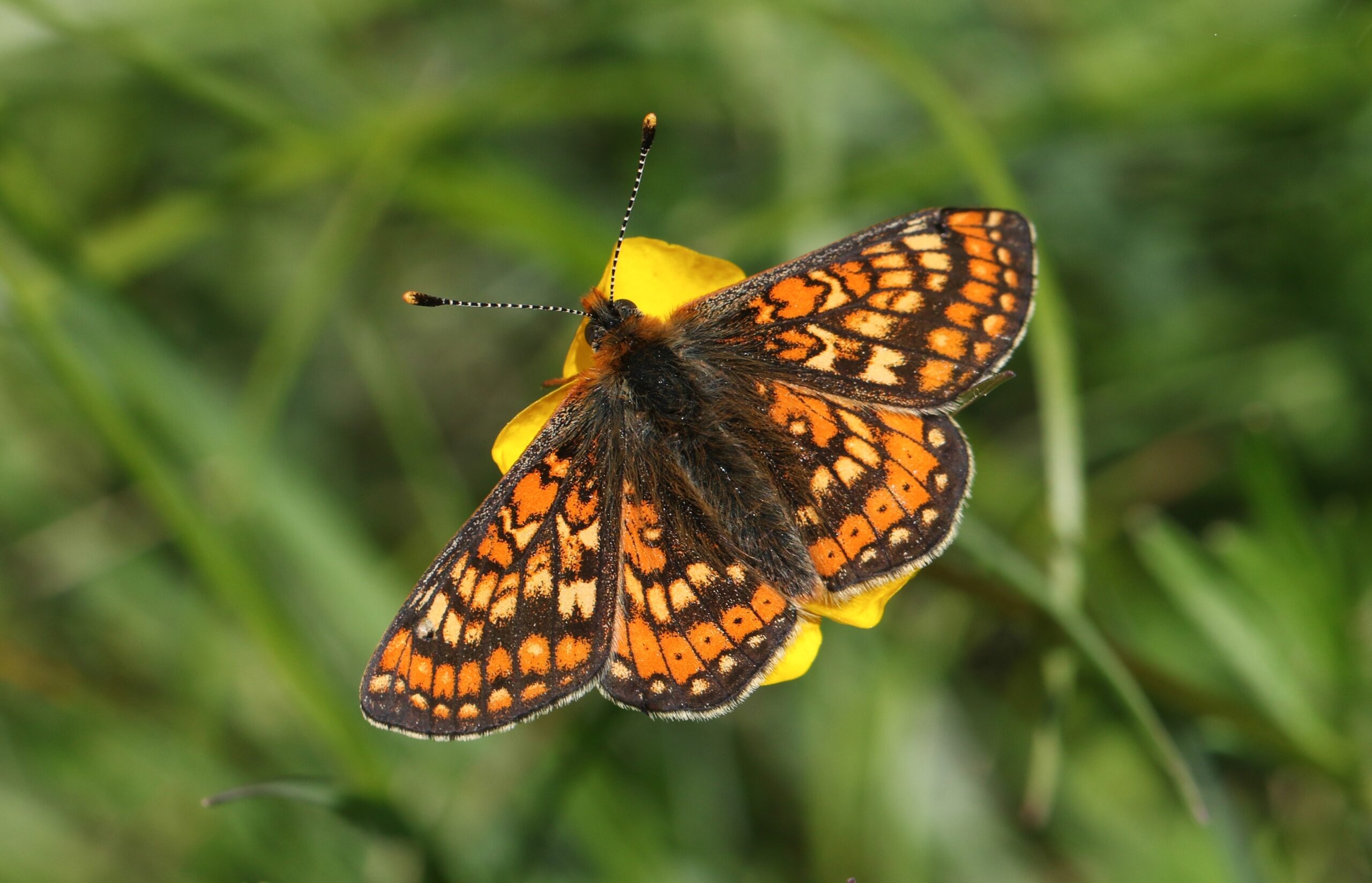
The Marsh Fritillary Butterfly is a beautiful species found in damp grasslands and meadows across Europe. Its population has declined sharply due to habitat loss and agricultural changes. The species is highly dependent on specific plants, making it vulnerable to environmental changes. Efforts to restore its natural habitat have been initiated, but the butterfly remains at risk.
Green Hairstreak Butterfly
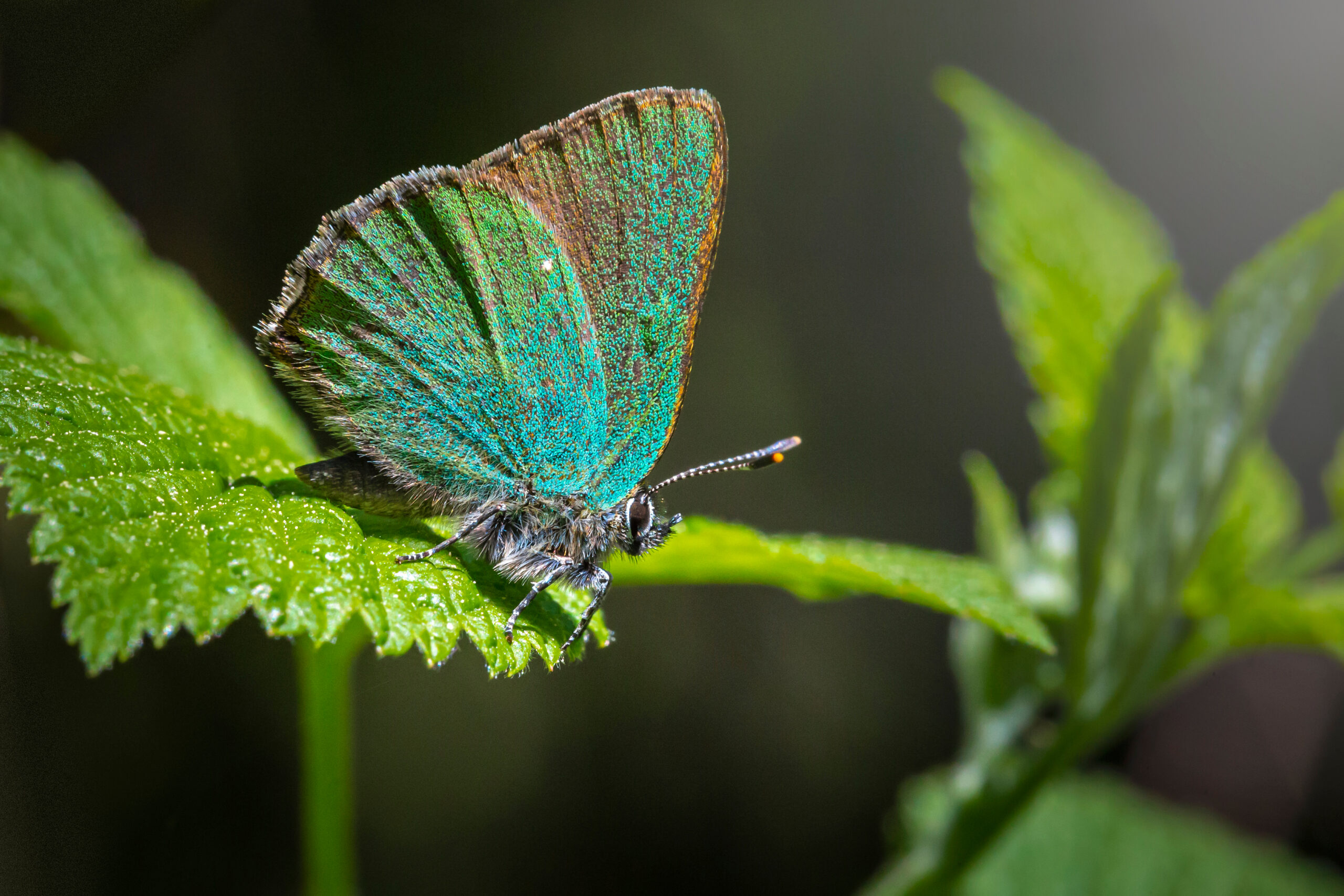
The Green Hairstreak Butterfly, with its distinctive green wings, is found across parts of Europe, Asia, and North America. This small butterfly prefers open habitats such as grasslands and moorlands. However, urbanization and land development have caused a decline in suitable environments for this species. Conservationists are working to protect the grasslands to help this insect recover.
Giant Leopard Moth
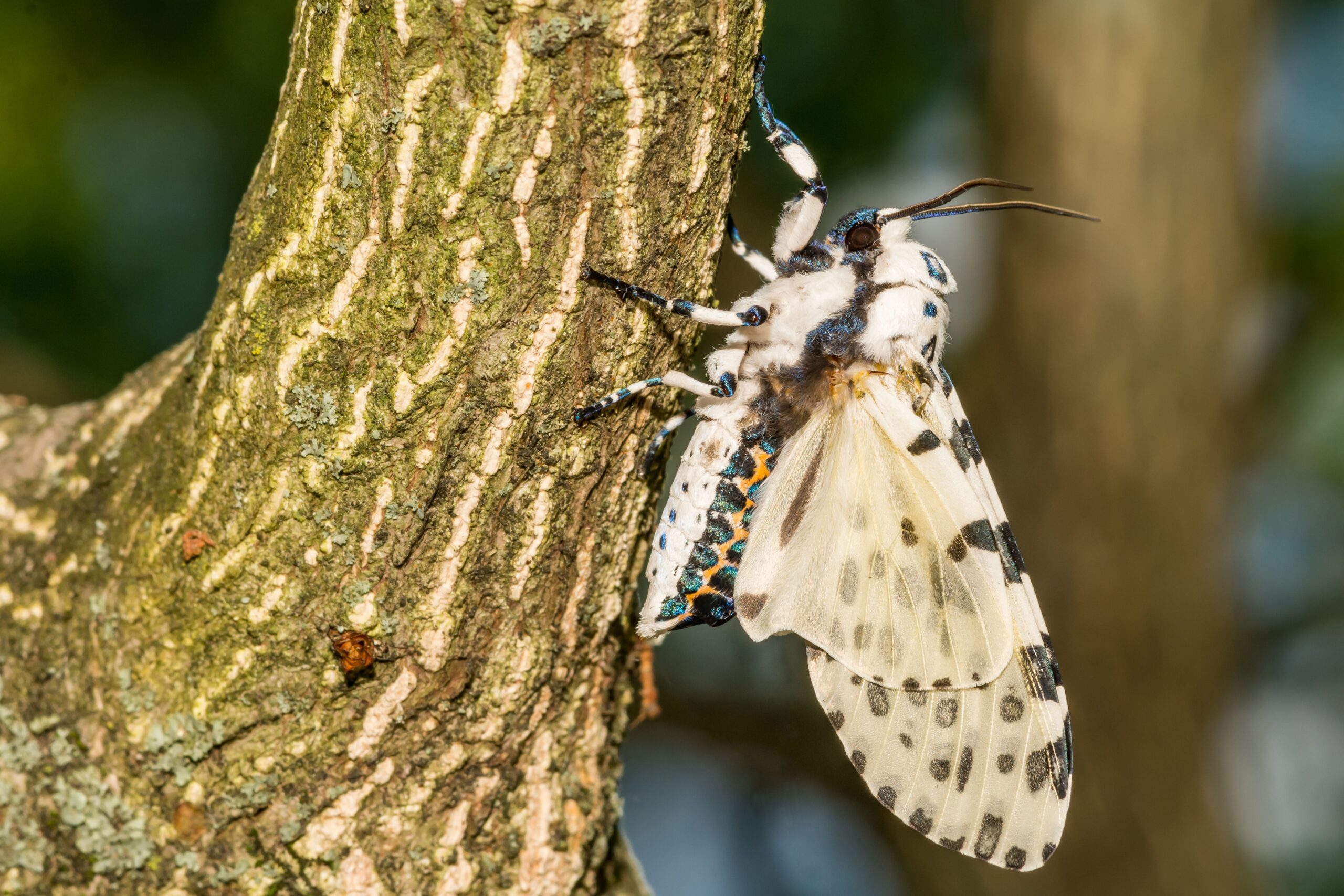
This striking insect, native to North America, has large white wings covered in black spots, resembling a leopard’s coat. The Giant Leopard Moth is primarily nocturnal and can be found in woodlands and gardens. While not yet critically endangered, habitat destruction and pesticide use are threatening its population. It plays a role in controlling insect pests, making its conservation important.
Scarce Heath Butterfly
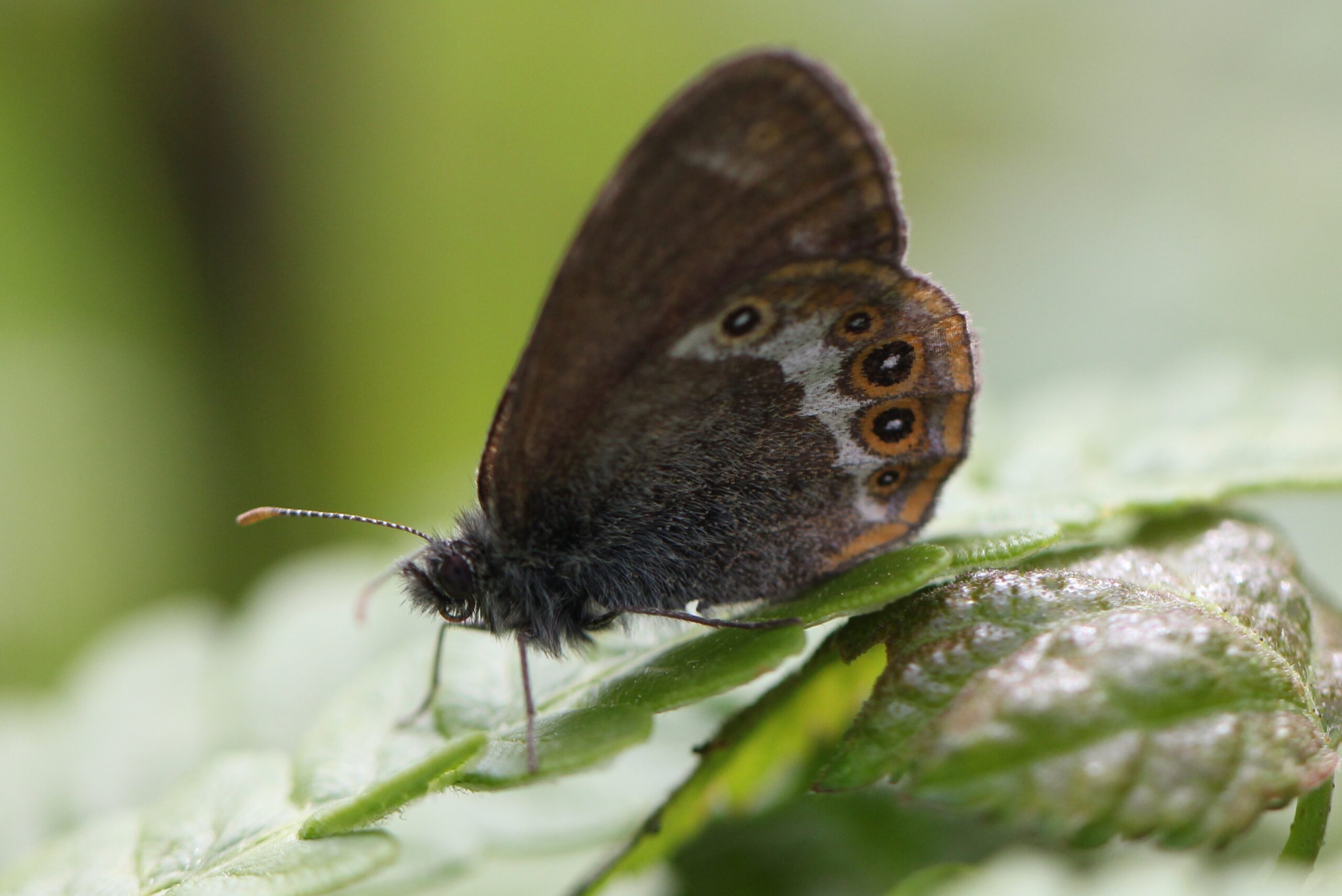
The Scarce Heath Butterfly is a rare species found in isolated areas across Europe and Asia. It thrives in wetlands and damp meadows, but habitat loss due to land development has caused a significant decline in its population. With its delicate orange and brown wings, this butterfly is now considered endangered and relies on conservation efforts to protect its shrinking habitat.
This article originally appeared on Rarest.org.
More from Rarest.org
18 Mysterious Creatures of the World’s Most Isolated Islands

Isolated islands often hide secrets, and some of the world’s most mysterious creatures live in these remote areas. Read More.
16 Historic Landmarks Hidden in Unexpected Urban Locations
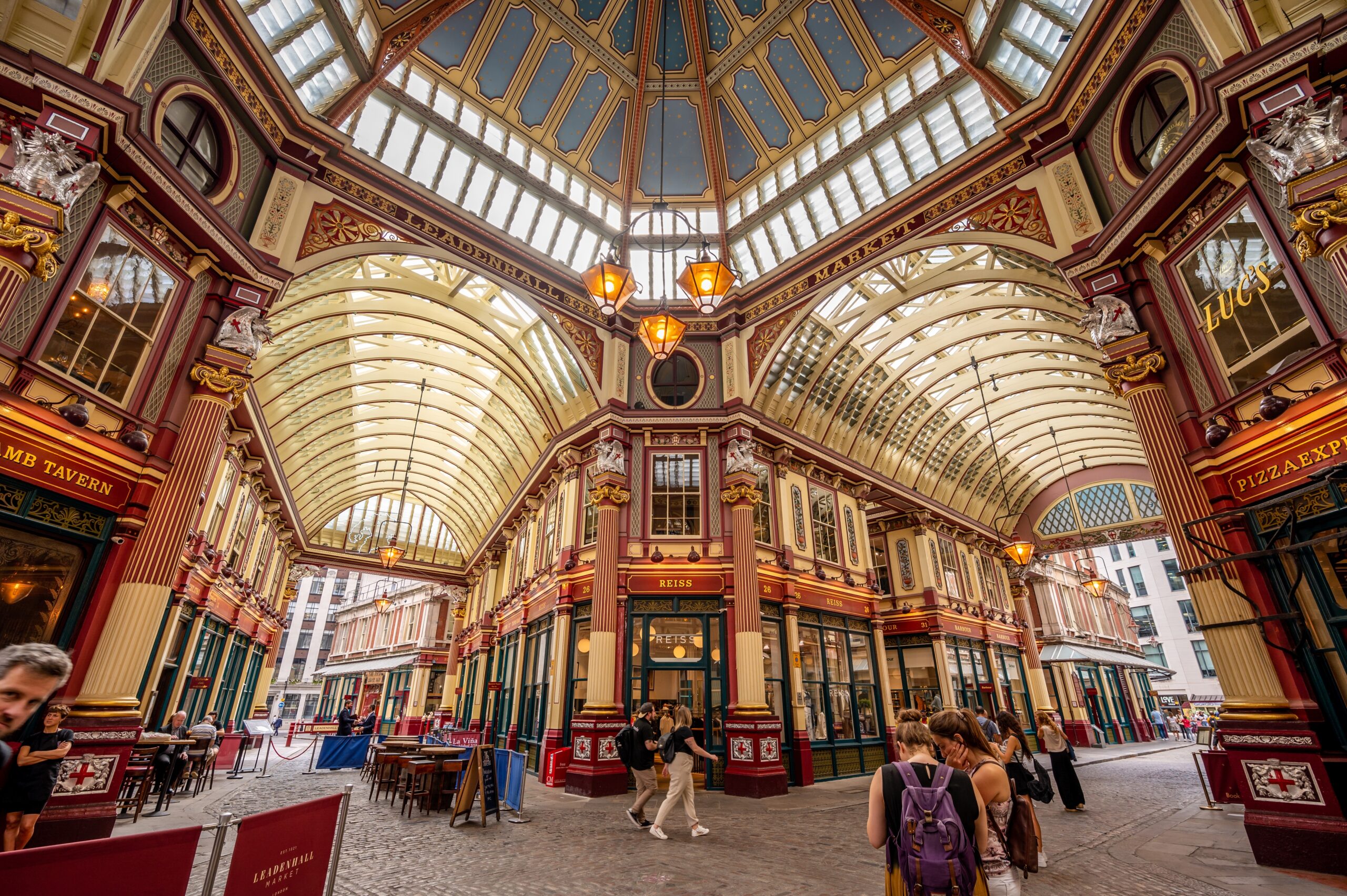
Urban landscapes often hide history in plain sight, blending ancient landmarks with modern settings. Read More.
20 Rarest Chicken Breeds for Egg and Meat Production

If you’re looking to raise chickens that offer both unique qualities and practical benefits, rare breeds can be an excellent choice. Read More.
